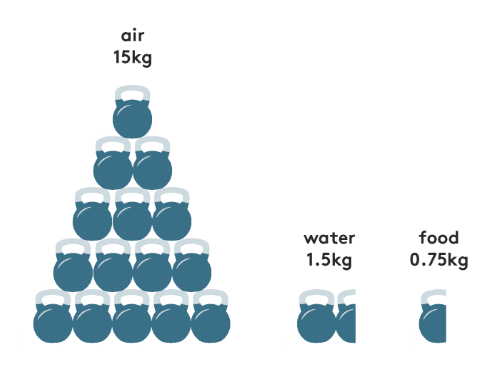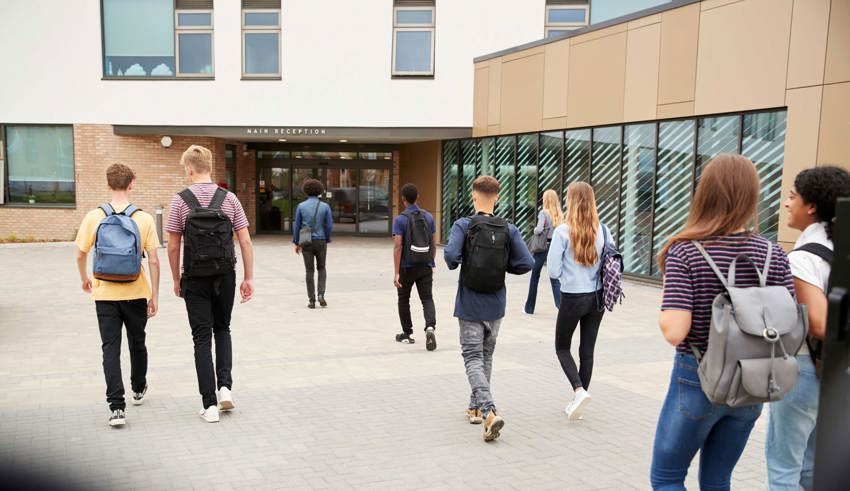Productivity and performance
The right indoor climate can make a massive difference to our productivity and performance, from making us more alert to giving us better sleep.
The indoor climate impacts more than we think
Along with the health aspects, it is also important that the indoor environment promotes productivity and performance.
We are generally very keen to obtain tools to be as effective as possible in our daily lives, for example creating good conditions for learning in our schools through competent teachers and good teaching materials.
Unfortunately, the indoor climate is often forgotten in these discussions, despite the fact that there are many factors that have a great impact on our performance and productivity.
Each day our body needs...

What is productivity and performance?
BetterUp defines productivity, in terms of human development, as personal productivity and how consistently and efficiently an individual completes tasks or accomplishes goals. For productivity to exist, there must be a goal and a plan to achieve the goal.
By definition by the Cambridge Dictionary, the performance is defined as how well a person, machine, etc. does a piece of work or an activity. Performance also refers to how well an activity or job is done.
At work
Indoor climate and ventilation in the workplace can significantly impact employee productivity, morale and even safety. We need to create a possive atmosphere at offices or any places we work in, so people feel more energized and less tired when working in the building. Creating a pleasant office space, so the employees, clients and visitors will feel good.
When good ventilation in the workplace provides an individual with experience of the most comfortable conditions at their desk or any work station. This makes it easier to create a positive work environment and improve employee morale. Good ventilation also can reduce noise levels in a building making it easier for employees to focus and concentrate on their tasks without constantly being distracted by extraneous sounds.
Using good ventilation in the workplace is improving employee productivity. For example, with adequate airflow and increased thermal comfort levels. Employees can work more productively because they won’t have to worry about feeling sick or having a headache. It also helps them take fewer breaks. A positive and healthy environment means reduced sick time and business disruption.
Some studies shows that as many as 33% believe that ventilation affects their work capacity to a great extent. The same study also shows that 57% believe that ventilation is much better at home than in the workplace. And we need to provide good incentives to invest in a well-functioning indoor climate in the workplace where we generally spend most of our time.
At work - Read more


At school
Environment — inside (indoor) and around (outside) — school buildings affect students' health, thinking and performance.
And there are also more interesting facts about students and their time in schools.
- Education can take up to ¼ of human life. Typically, with the average life expectancy of 79 years and education length between 10-20 years, it can be estimated that a person spends about 1/7 or even a quarter of their life at school.
- Schools have up to four times more occupants than office buildings in the same amount of floor space. That is an average floor area per student between 2.27 m² and 3.63 m², without considering the floor area taken up by furniture.
- School buildings are used approximately 30 weeks, or 200 days a year, with relatively long periods during which they are unoccupied (weekends and evenings). And even during the school hours — educational facilities have low or very low utilisation rates, meaning that most rooms are not in use in the school building.
Decades of scientific and research findings show that there already exists substantial and robust evidence of how a healthy indoor climate and good ventilation affect children and their performance in schools.
Children spend a considerable amount of their time in crowded classrooms in school buildings and most teachers are aware of how sound levels affect children’s learning abilities and therefore put a lot of effort in to keep noise done. However, teachers may not be aware of the impact of factors such as temperature and air quality, and often have no possibility to measure them.
When the carbon dioxide in a classroom is too high, pupils become restless and disruptive. They lose their concentration and their learning ability decreases significantly. When the ventilation rate is doubled, research shows that the students' performance can rise by around 15%.
Moreover, cognitive testing of students shows a 5% decrease in attention in poorly ventilated classrooms. The researchers equate this to the effect of a student skipping breakfast.
At school - learn more
At home
Good air at home is a necessity that most of us take for granted, whether at home or elswhere, the air is always there — invisible, silent and odorless. And we take the air for granted that it is good enough. The question is, however, what 'good air' really is.
Good air at home means increased people's health, well-being and better performance. We work better and we manage more. For children, when they are small, they need more good air for their healhy development.
Spending more time at home might affect our productivity, happiness and health. The indoor environment, mainly our dwellings ought to be equally important, by rights more important.
Indoor air consists of outdoor air becoming further polluted by everything that is inside the house and therefore per se almost always is worse than the outside air. Although something can be done about it — both outdoor air quality and indoor air quality.
Some studies suggest that we believe we spend 18% of our time inside (so about four hours per day). In reality, it's closer to 90% (about 21 hours per day). All that time inside affects our health and happiness. And therefore, the indoor environments are now the main source of our exposure to air pollution.
At home - Find out more

Productivity is never an accident. It is always the result of a commitment to excellence, intelligent planning, and focused effort.Paul J. Meyer